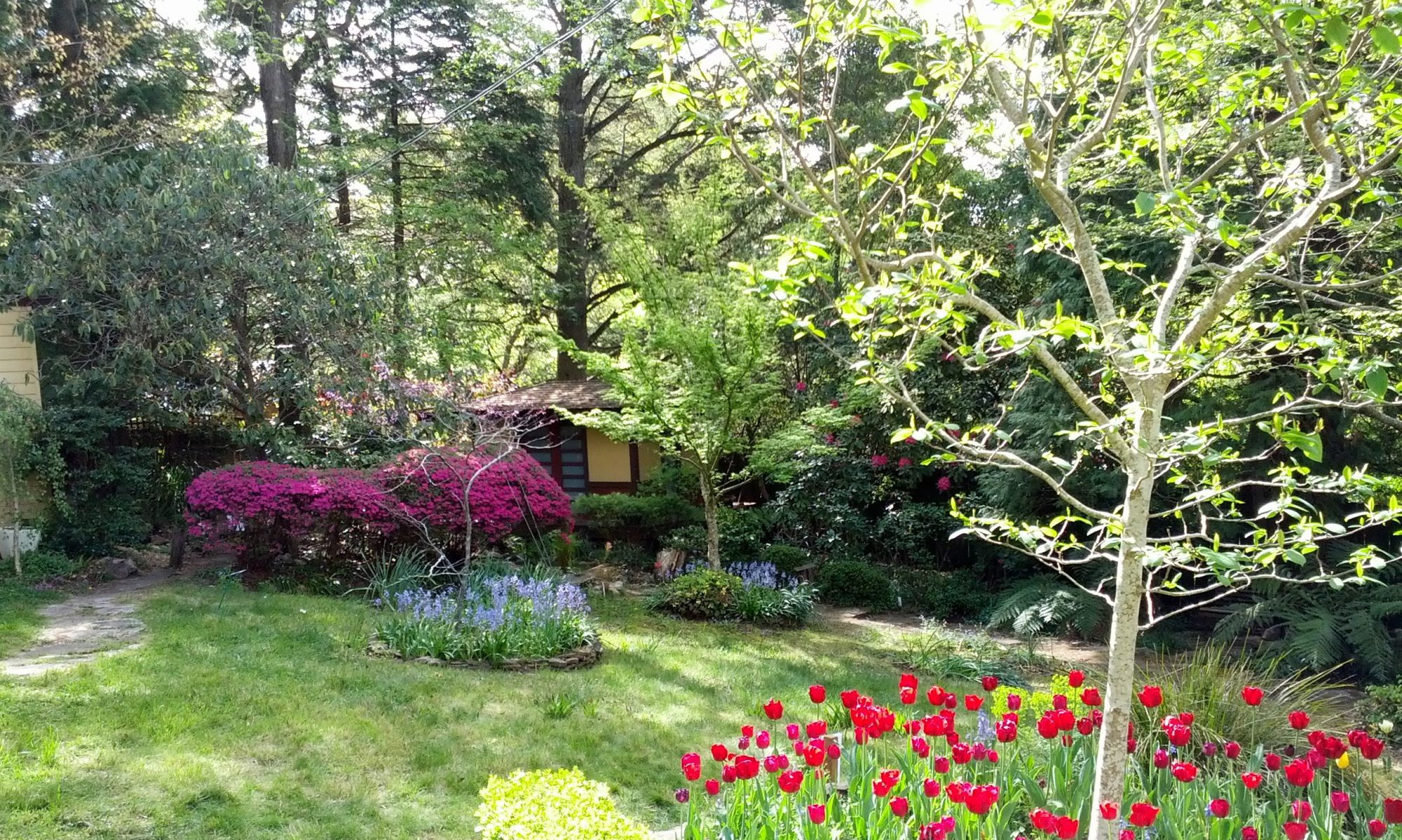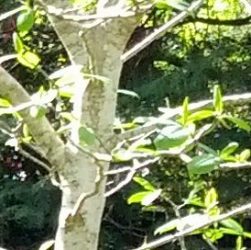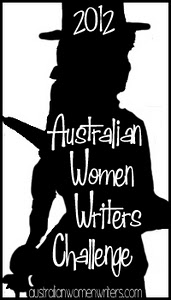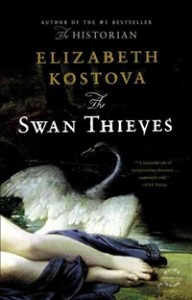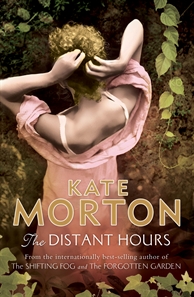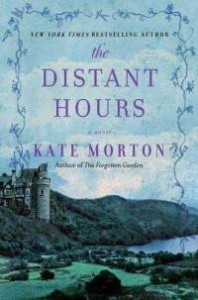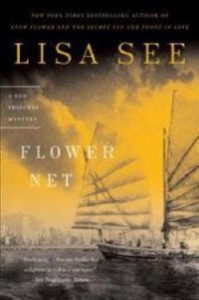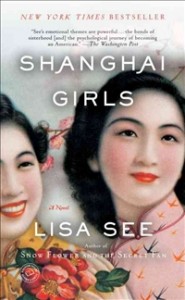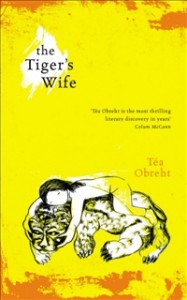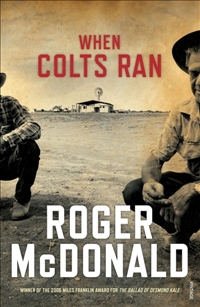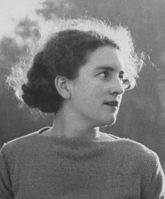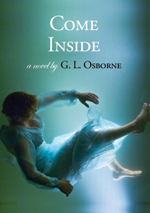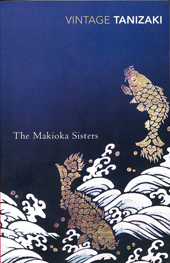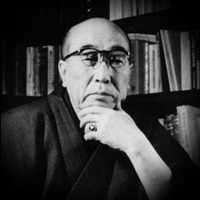Nancy Phelan was born in 1913 and wrote this memoir of her childhood at The Spit on Sydney Harbour in 1969. The book captures the enthusiasms, the excitements but also the discomforts and questionings of childhood and adolescence. But perhaps the strongest thread is her love for the beautiful setting of their house by the harbour, and summer days spent exploring and swimming. In the 1920s, this area of the North Shore on the harbour was semi-bushland. Nancy’s father was a keen sailor and much of Nancy’s time was spent on boats, where she and her siblings were expected to become expert sailors.
Nancy’s childhood was also populated by numerous aunts and uncles, many of them eccentric figures. Her mother’s sister was Louise Mack, Australia’s first female war correspondent, romance novelist and writer of books for girls. Her novel Teens (1897) figures sporadically in A Kingdom by the Sea and was obviously a favourite with Nancy and her sister Sheila (they could work out the thinly disguised portraits of their relatives). Another of her mother’s sisters was Amy, much more lovable than the mischievous Louise. Amy edited the women’s page of the Sydney Morning Herald for many years and wrote bushland stories for children.
Nancy’s childhood home was full of music with the children able to sing the scores of Mozart and Bach. Her mother missed out on the literary careers her sisters achieved but channelled her creativity into music. Both parents were eccentric in their ways. The father was a successful lawyer but, in the manner of the times, Nancy knew nothing of his work and indeed he didn’t bring it home, instead indulging in amateur inventions, sailing, reading and listening to music in his spare time.
Nancy also creates a loving but complex picture of her mother: sharp of wit, given to mockery of others, like her sisters, but also reserved and timid. Nancy gives the anecdote of going to the theatre with her mother and her Aunt Louise. Louise decides to sit in better seats belonging to someone else. Nancy’s mother doesn’t stand up to the usher and allows him to move them, to the utter scorn of Louise:
“I told you so!” Louise hissed white with rage as we trooped back the way we had come. “I told you not to ask! You should have just looked as though they were our seats!” Nor did the arrival of owners in any way lessen her fury.”
Nancy writes that she was singled out by Louise to be a writer early in the piece, and while her aunt was placing a burden on young shoulders, such encouragement did send Nancy out on a life of travel and adventure. She travelled extensively through the South Pacific and wrote about this in Atoll Holiday (1958). She also travelled through Turkey on her own and related this in Welcome the Wayfarer (1965). Her experience of post-war Japan appeared in Pillows of Grass (1966).
But this was all in front of Nancy at the time of A Kingdom by the Sea. By the end of this memoir Nancy is on the brink of adulthood, and that cusp between the security of childhood and the opening up of the future is beautifully portrayed:
Months passed without a sense of time, golden days running together. Each morning I looked out on the glittering bay, the eternal dark form of the fisherman in his frail boat, each night fell asleep to the sound of water, whispering, washing the sand…
… though the sun shone, the bay glittered and living went on, I knew that childhood was over.
This is a lovingly remembered portrayal of childhood, funny and insightful, which captures the young Nancy’s paradoxical naivety and shrewdness. It is also one of the most effective portrayals of the beauty of Sydney Harbour in the 1920s. In one chapter the older Nancy, who is writing the memoir, goes back to try to find an aunt and uncle’s grand house and garden in Hunters Hill. There is, of course (and this is in the sixties) precious little left.
In the wilderness is a grove of Kitty’s camellias, high and covered with buds. It is astonishingly poignant that they should have escaped, gone on growing without her. Trying to get my bearings from here, from the pine, the ghost of the lawn, I stand wondering. Where was the house? If I could just find a trace, a tangible sign. Nothing. Only the adamant arch of the new Gladesville Bridge overhead, the crumbling stone embankments above the drive, which, in my childhood, were covered with moss and ferns.
This nostalgic regret, the modern reader feels at Nancy’s depiction of the lush wildness of a bygone harbour, and simple lifestyle of sun, bush, sea, music and literature.
Reviewed for Australian Women Writers Challenge
